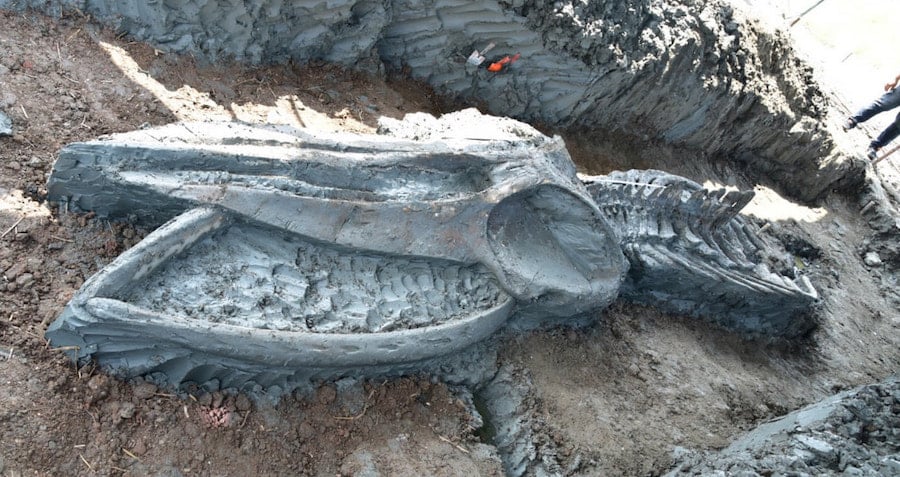Giant 39-Foot Whale Fossil Unearthed in Southern Thailand—What Secrets Does It Hold About Ancient Oceans?
Chua went on to posit that regional sea levels were possibly up to 12 feet higher back then, amidst highly active tectonic activity. In that sense, there’s really no telling just how much there is to learn here — from what might look like just an old pile of bones.
After learning about the 5,000-year-old whale skeleton discovered in Thailand, read about the headless skeleton of a man trying to flee the Vesuvius eruption that was found at Pompeii. Then, learn about scientists extracting liquid blood and urine from a perfectly preserved 42,000-year-old foal found in Siberia.



















